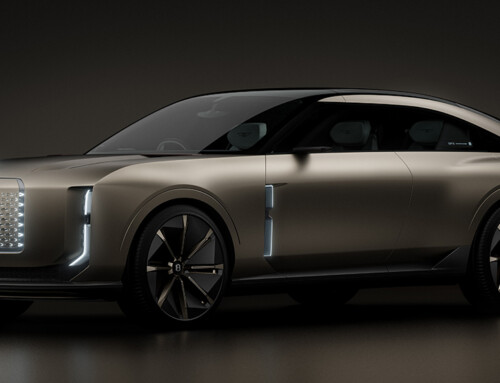The Tokyo Motor Show opens a window on to some of the possible directions that the Japanese automotive industry may take in future. In today’s gloomy scenario, with a market that is losing momentum and an overriding moral obligation to save the planet, there is a growing sense of bitter disillusionment.
The Japanese know that the time has come to radically rethink the conventional car. Unwelcome in tomorrow’s cities and forced to change drastically to preserve what little is left of the environment, the car is under fire in Japan more than anywhere else. This was the general feeling at the fortieth edition of the Tokyo Motor Show held this October.
Every two years, the show offers a colourful showcase for its increasingly attentive international observers. More so than through its production models, the Japanese car industry expresses itself through its concept cars. This is how the nation’s carmakers demonstrate their knack of understanding what consumers want and, even when the stakes are high, they always manage to include a fun element.
The most important thing is to wow the thousands of visitors drawn to what is the second most important show in the world after Paris.
The motor car today is tangled up in its own contradictions. It must be both seductive and reassuring at the same time. Like Carlos Ghosn, president of Nissan (and Renault), who talks of a market in crisis and promises to put electric production cars on the road in the very near future, yet shows up at the wheel of the most aggressive car on the market today:
the new Nissan Skyline GT-R, with 480 horses under the bonnet and brutal aesthetics straight out of a Japanese cartoon.
The same is true for Toyota’s luxury brand Lexus. Its forthcoming coupé, the LF-A, has the Porsche 911 openly in its sights. With its ten cylinder engine and extreme looks, there’s no question that it stands every chance of succeeding, but is this really the right time? This, however, is not the only paradox in an industry that feels it needs to use shock tactics to lure customers into buying ordinary products. And these shenanigans continue behind smoke screens, with engineers and designers striving to come up with groundbreaking solutions, but without the means to actually put them into effect in a realistic timeframe.
The article continues in Auto & Design no. 168










